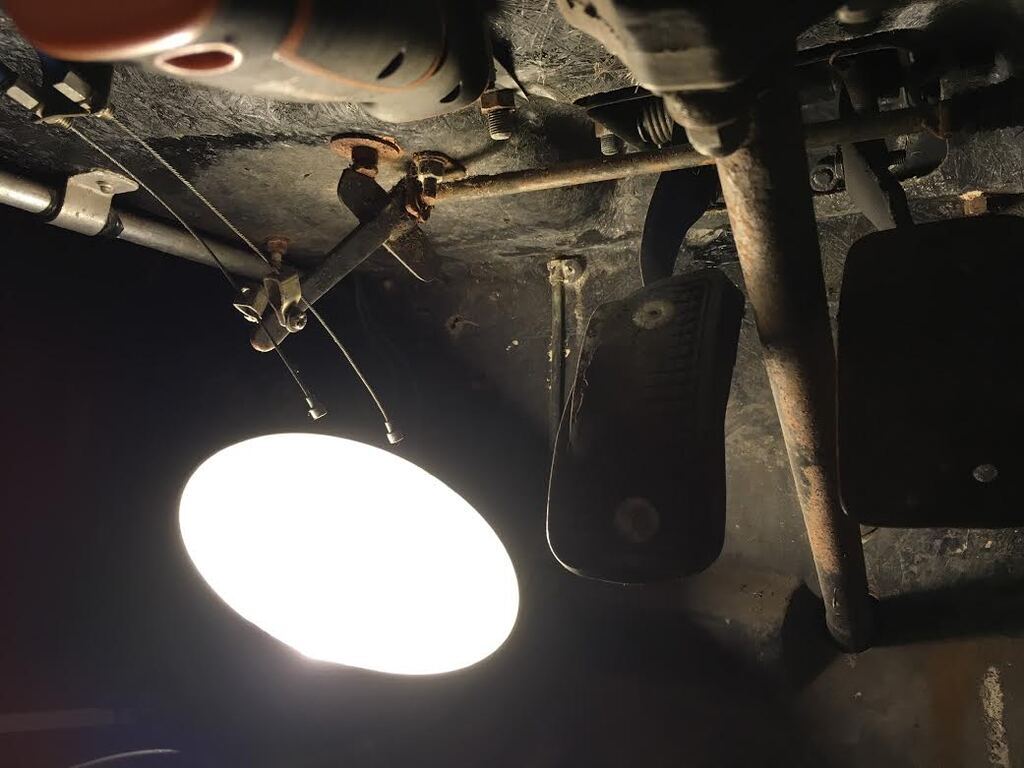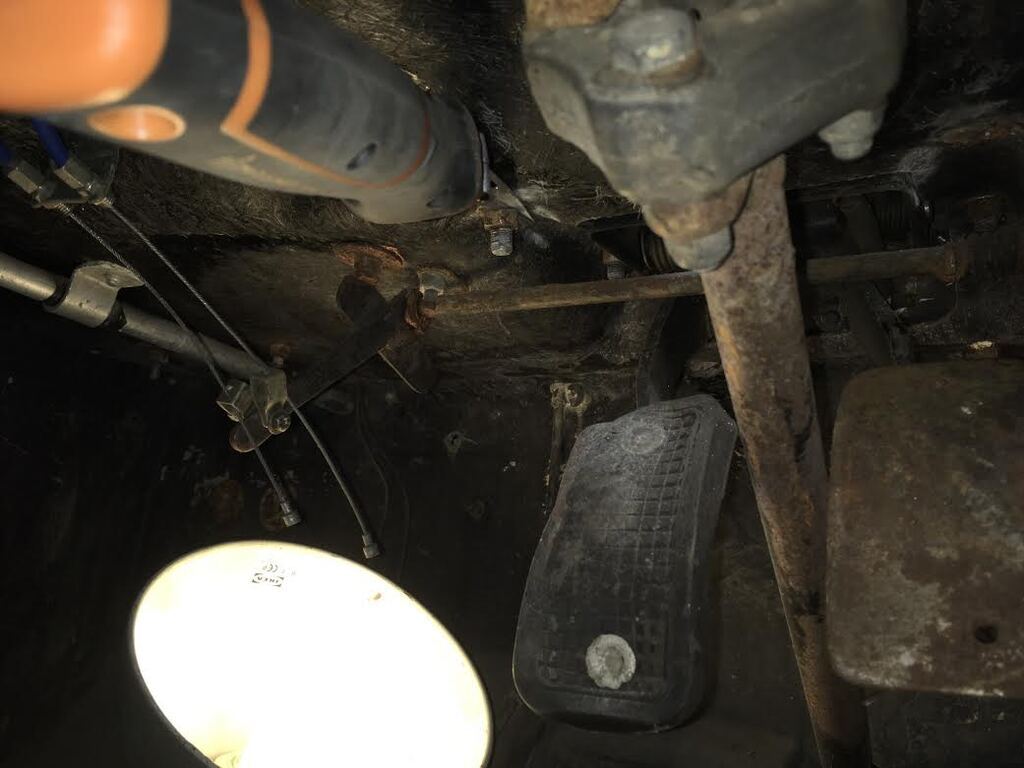16grit
Part of things
 
Posts: 215
|
|
|
|
Thought it was about time I shared my ongoing project with you.
It's a mid-70s Davrian. This one dates from around the time the 'factory' was leaving its base in Clapham and trying to establish itself in the wilds of Wales. It's got a pretty significant competition history. Most of the Davrian factory output was Hillman Imp powered, but this car first ran a Renault and then a Ford BDA, both in rear engine layout. And nether of which are there now.
The plan is to use a slightly more affordable engine and gearbox combo and with that in mind I've been collecting the bits I need to put a late-80's Suzuki G13b in the back. There's a strong chance that ultimately this will be boosted, but the first install will be normally aspirated - I'm hoping that the new lighter-weight panels I have will help performance wise, as the shell is far from being one of the ultra-light (450kg) jobs that made these cars such a success in Modsports racing,
|
| |
Last Edit: Nov 12, 2023 14:41:36 GMT by 16grit
|
|
|
|
jpsmit
Posted a lot
  
Posts: 1,274
|
|
|
|
|
I know next to nothing of these cars so you definitely have my attention! Proceed.
|
| |
|
|
|
|
|
|
|
|
Looks like a bold project and I do love a left-field bit of British plastic. Best of luck!
|
| |
|
|
raumer
Part of things
 
Posts: 138 
|
|
|
|
|
Nice looking project. Is it a rally shell or just a slightly heavy one?
Davrians have a lot of variation. I had a Mk 6 Modsports that had been very successful but definitely not one of the super lightweight ones. Think it was around 500kg with Imp engine and gearbox. In contrast we had a Clan that was only 400kg.
|
| |
Mine: 1938 Scammell Pioneer R100, 1944 Scammell Pioneer SV2/S, 1959 Kraz 255b tractor unit, 1960 Unipower Industrial ballast tractor, 1960 88 Landrover Series 2 SWB, 1983 110 Landrover CSW
Look after:
1935 Scammell Rigid 6, 1951 Scammell Scarab, 1961 Landrover Prototype, 1985 Landrover 110
|
|
16grit
Part of things
 
Posts: 215
|
|
|
|
Thanks for the interest.
Always one for spending too long reading before getting my hands dirty, thought I'd add my take on the history of Davrians and my car among them....Apologies to those who know the story, hope it might be of interest to some...
So, for those not familiar with Davrian, they were born out of the fertile imagination of structural engineer Adrian Evans back in the mid-60s. It's a story of amazing creativity, giant-killing competition success, bankruptcy and the eventual suicide of its founder. Quite a story in fact.
What made the cars a little different compared to others at that point of the 60s was the all-fibreglass monocoque, and in its original form, with no metal chassis or subframes. The Hillman Imp was used as the basis, providing engine and front and rear suspension - and looking at the Davrian floorpan its hard to avoid the conclusion that Evans just rolled an Imp over and laid glass on top to produce his mould...Styling of the early cars was always relatively good, excepting the front headlight areas which proved to be a bugbear right through the cars many 'Marks'. Sold predominantly as a bodyshell kit but also available as a 'complete' car, Davrians were notorious for their exceptionally poor quality of (interior) finish - this usually meaning the absence of any interior whatsoever...... I think it's fair to say this reflected Adrian Evan's own mental focus on the 'bigger dream' and complete lack of interest in detail finishing...... Importantly for the story, this type of detail finishing work would eventually become the specialism of a purchaser of a couple of early cars, Tim Duffee, working as a freelancer to begin with but later employed as factory fixer much later on.....
While the factory was based in Clapham there was a real commitment to circuit racing, and versions of the car held lap records all over the country in 1-litre (imp-engined) form. Interestingly the cars also had a turbo association from really early days, one of the magazine tests back in the day focusing on the turbo-imp factory 'demonstrator' - subsequently race also I think,
The mid-70s began a move to Wales and a series of false starts for continued production after new premises failed to materialize. Being in the middle of nowhere in Wales, the competition focus predicatably expanded into rallying, especially as the shell was adapted to fit a wider variety of engines, the mini units that were accommodated from 74 later being joined by Renault and then Ford xflow/twincam/BD engines all following. It's fair to say that the cars were immediately competitive on tarmac and in the forests, although in truth at this point there were probably less than half a dozen or so cars being campaigned regularly in Wales. My car dates from this period, being Tim Duffee's own car, which he built with rallying in mind. I'm guess its around the 500kg mark with no engine and box. With him being a fan of the Renault Alpine he put a 16ts engine in the back and took the car forest rallying, earning a bit of success with the car as a 1600.
For 'Davrian Developments' the early 80s finally brought a move to a heavily (Welsh government) subsidised factory unit in Wales and an extremely ambitious shot at some kind of 'mass production' of finished cars based around Ford Fiesta / Escort XR3 mechanicals in a rear/transverse layout......Bankruptcy followed..but not before lots of delayed or failed promises and deliveries
Back in the 'real world', existing owners of Davs continued to rack up championship successes,
The Davrian floorpan, subsequently re-clothed in new bodywork, commenced production as the Corry Cultra in Ireland before that project too was also abandoned.
After the closure of the factory, workshop manager Tim Duffee and his 'Team Duffee' outfit were still serving the extended family of Davrian owners, when he struck upon the idea of putting a really quick driver in his car - in the shape of Geoff Kitney. The car was repainted in his sponsor's Zenith motorsport red, and on tarmac the pairing began to get some very encouraging results. Kitney believed he could go even quicker with more predictable handling, and he and Duffee began working on a replacement Mid-Engine version, baptized the Darrian when finished. This car, still produced in Wales, is probably the most successful tarmac rally car ever in the UK and is still winning every weekend all over the UK..... It's a real shame that the originator of the design, Adrian Evans, is no longer around having very sadly taken his own life in the early 90s.
The reality too is my car is a very long way from its glory days, and is in need of a lot of work just to be driveable....so plenty to learn along the way!
Davrian Mk7 in circuit setup 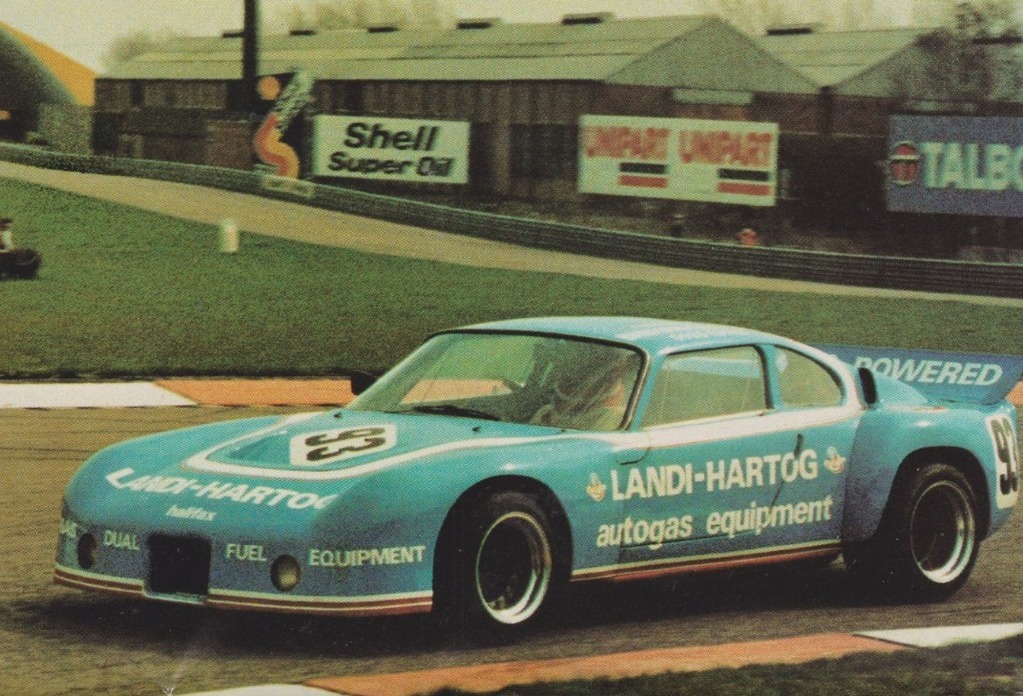
The car I have, Mk7a in its Renault-powered days
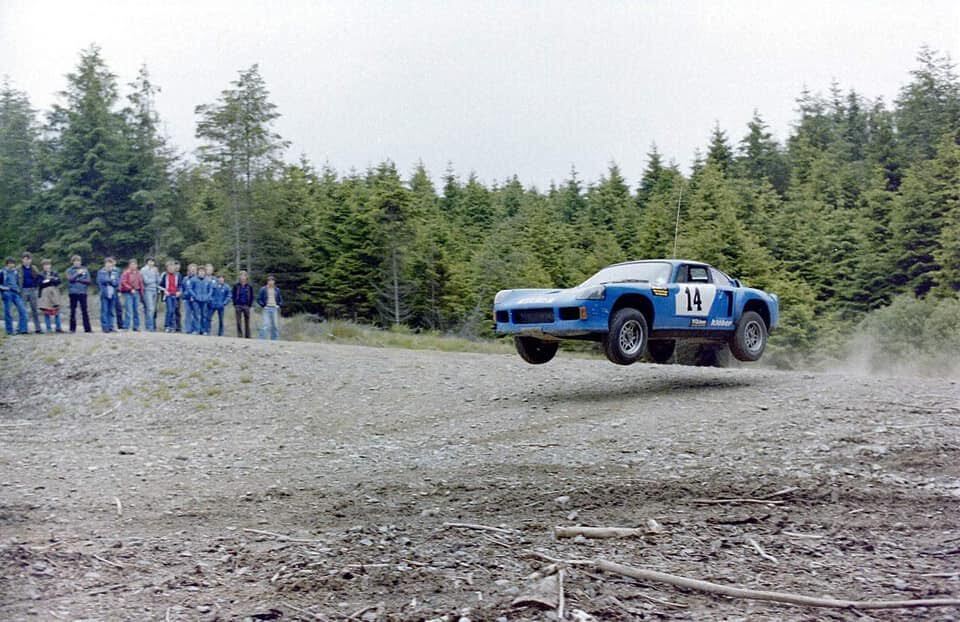
Same car but in later, tarmac setup, Cosworth BDA and Hewland in the back, West Cork around 1985
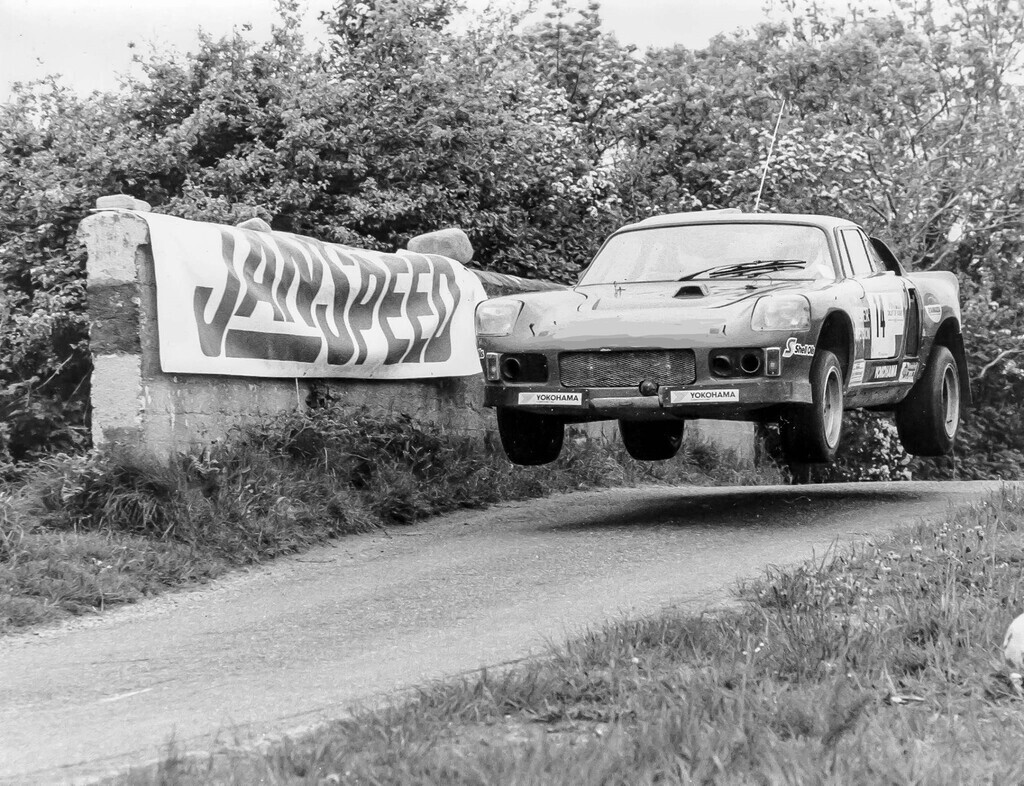
Originator of the Davrian, Adrian Evans, early to mid-70s at a guess
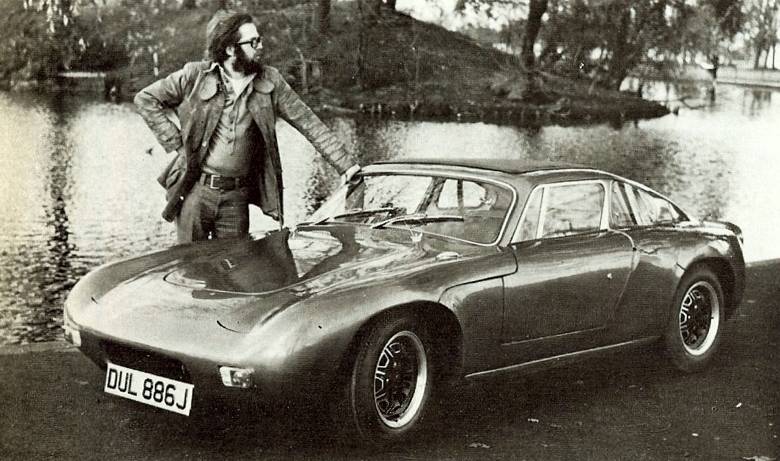 |
| |
Last Edit: Jun 8, 2021 4:45:26 GMT by 16grit
|
|
|
|
|
|
|
|
Nice!
I'm pretty sure I've seen pics of this car ( or maybe an article ) in Triple C.
|
| |
|
|
16grit
Part of things
 
Posts: 215
|
|
|
|
Nice! I'm pretty sure I've seen pics of this car ( or maybe an article ) in Triple C. Think that would have been the white mk8 of Dominic Frattarolli, Lotus TwinCam transverse across the back....that was the car that sparked my interest in Davrians. Took me more than thirty years to find one! 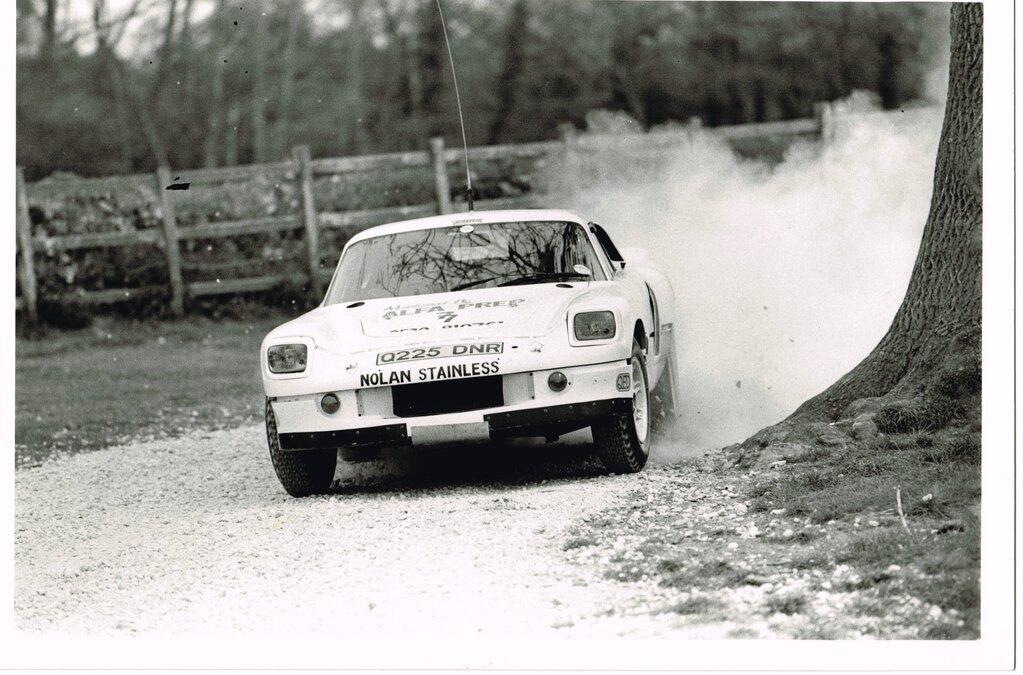 |
| |
Last Edit: Jun 7, 2021 19:29:39 GMT by 16grit
|
|
|
|
|
|
|
No, the one I remember seeing was blue & white, BDA powered, on 13" Ford RS wheels. ( I think... But I could be wrong...  ) |
| |
|
|
|
|
|
|
|
|
Looking forward to more. I’m sure I remember seeing photos of this on the walls in Zenith motorsport in Swansea back in the 90’s
|
| |
|
|
16grit
Part of things
 
Posts: 215
|
|
|
|
No, the one I remember seeing was blue & white, BDA powered, on 13" Ford RS wheels. ( I think... But I could be wrong...  )
The reg on the car that Adrian Evans is stood with went on to a really quick Mk7a tested by Andy Dawson in triple C, metallic blue with white signwriting, may have possibly been that one. Great that you remember it. The Frattarolli car above ran a set of Capri Ghia wheels on the front in that test which etched itself in my brain...
|
| |
Last Edit: Jun 7, 2021 20:24:23 GMT by 16grit
|
|
|
|
|
|
|
|
|
|
These are really interesting little cars.
Did I read that they made some pseudo replica A110 Alpine Renaults at one point too?
|
| |
|
|
16grit
Part of things
 
Posts: 215
|
|
|
|
These are really interesting little cars. Did I read that they made some pseudo replica A110 Alpine Renaults at one point too? You're dead right, the 'Monte Carlo 220' I think at least one of them was called. Same floorpan shape as the Davrian I think, with the Alpine body shape on top. There were also Imp shaped 'Davrian Imp Saloons', again on the same floorpan. |
| |
|
|
|
|
|
|
|
These are really interesting little cars. Did I read that they made some pseudo replica A110 Alpine Renaults at one point too? You're dead right, the 'Monte Carlo 220' I think at least one of them was called. Same floorpan shape as the Davrian I think, with the Alpine body shape on top. There were also Imp shaped 'Davrian Imp Saloons', again on the same floorpan. Ah thanks for confirming that. Now if I could just find/afford one of the above. Glass fibre Imp based Imp replica makes me laugh for some reason. Still, no more rust and a lot less weight, eh? |
| |
|
|
raumer
Part of things
 
Posts: 138 
|
|
|
|
|
Have you got a copy of the 'Davrian to Darrian' book? Superb read and very informative.
I got my Davrian after my dad told me about driving the prototype one. Sadly sold it a couple of years ago as too many other projects.
Best of luck with yours, always nice to save a rare piece of history.
|
| |
Mine: 1938 Scammell Pioneer R100, 1944 Scammell Pioneer SV2/S, 1959 Kraz 255b tractor unit, 1960 Unipower Industrial ballast tractor, 1960 88 Landrover Series 2 SWB, 1983 110 Landrover CSW
Look after:
1935 Scammell Rigid 6, 1951 Scammell Scarab, 1961 Landrover Prototype, 1985 Landrover 110
|
|
16grit
Part of things
 
Posts: 215
|
|
|
|
You're dead right, the 'Monte Carlo 220' I think at least one of them was called. Same floorpan shape as the Davrian I think, with the Alpine body shape on top. There were also Imp shaped 'Davrian Imp Saloons', again on the same floorpan. Ah thanks for confirming that. Now if I could just find/afford one of the above. Glass fibre Imp based Imp replica makes me laugh for some reason. Still, no more rust and a lot less weight, eh? As I've discovered, anything metal attached to a fibreglass car rusts and dissolves faster than you can say "no more rust and a lot less weight"..... |
| |
|
|
16grit
Part of things
 
Posts: 215
|
|
|
|
Have you got a copy of the 'Davrian to Darrian' book? Superb read and very informative. I got my Davrian after my dad told me about driving the prototype one. Sadly sold it a couple of years ago as too many other projects. Best of luck with yours, always nice to save a rare piece of history. The book makes good reading...particular the project for the four-seater..bought the book a couple of times but cant help myself and have passed it on to friends to read on both occasions...
|
| |
|
|
16grit
Part of things
 
Posts: 215
|
|
|
|
Well enough of all that fancy-pants history, as we all know in the end it all comes down to that moment when you have the car safely back home in your garage with the door closed, deep breath and say to yourself.....O. Kaaay...
So this post is the car 'as found'. I'd managed to kid myself that there couldn't possibly be any need for any welding on this project.....how wrong that was....
Earlier cars used an imp crossmember and arms to mount the rear suspension. The Mk7A variant dispensed with that using specially fabricated box-section arms distanced further apart than on the Imp, gaining track and allowing bigger gearboxes to be slotted in. Shagged standard imp fitting shocks just visible, two 'boxes' above this are for Escort Grp1 Bilstein shocks, the car running a total of four shocks and Imp type 4" springs rather than coilovers at the back - a design that was carried over to the early Darrians.
Pedal tray / scuttle tray area had collected water in storage, rotting out the rear edge of the specially made bias pedal box shown here and the Imp heater blower unit. Pedal box access from inside the car is extremely limited under the dash, but as soon as I looked at this I knew I was going to be spending some happy hours with the saw under here.. 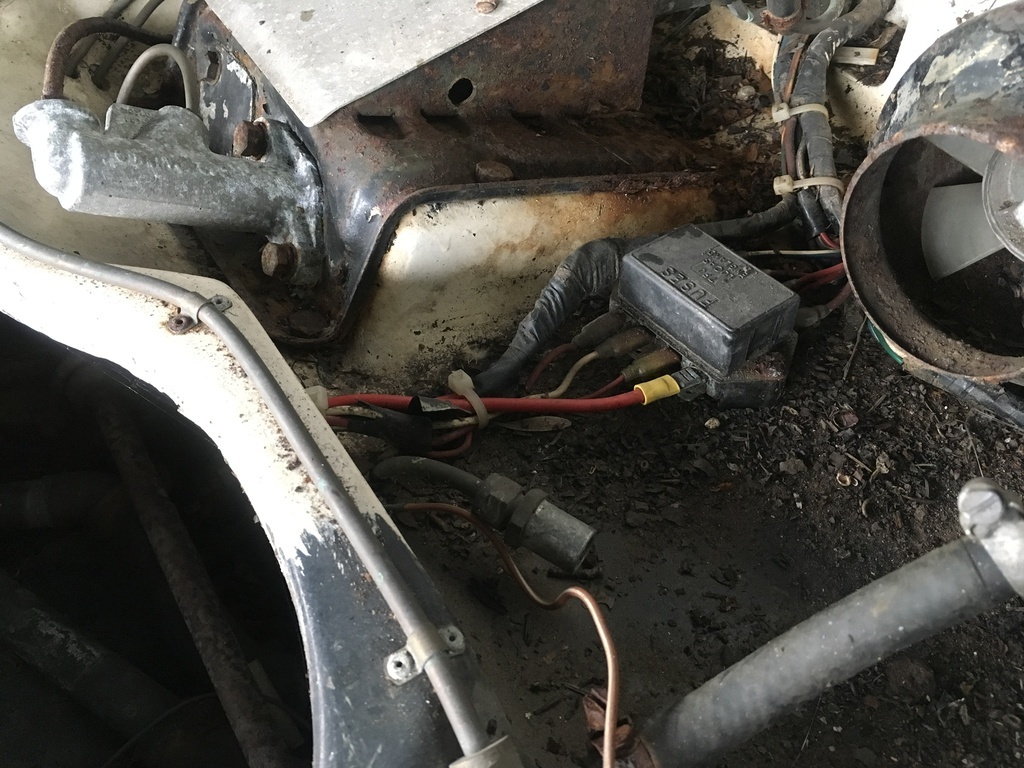 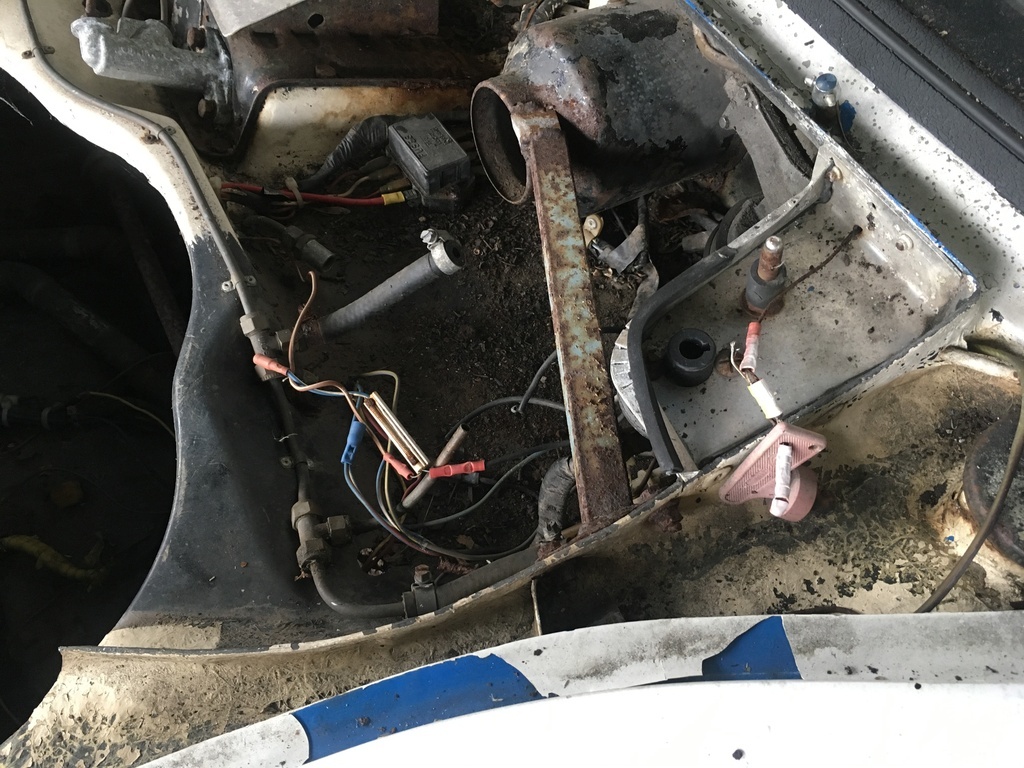 All original interior...
This is the rear 'luggage area' behind the seats and behind the rear screen, it can't be accessed from inside the car. Under the foliage, hydraulic handbrake cylinder, oil coolers, extinguishers and rad header tank etc live in this compartment.
The car ran a 'dropped' steering rack mount
Standard Imp type front arms - rather than the box section fabricated type from Davrian tha many other competition cars used. Just about visible is the drop link for the anti roll bar.
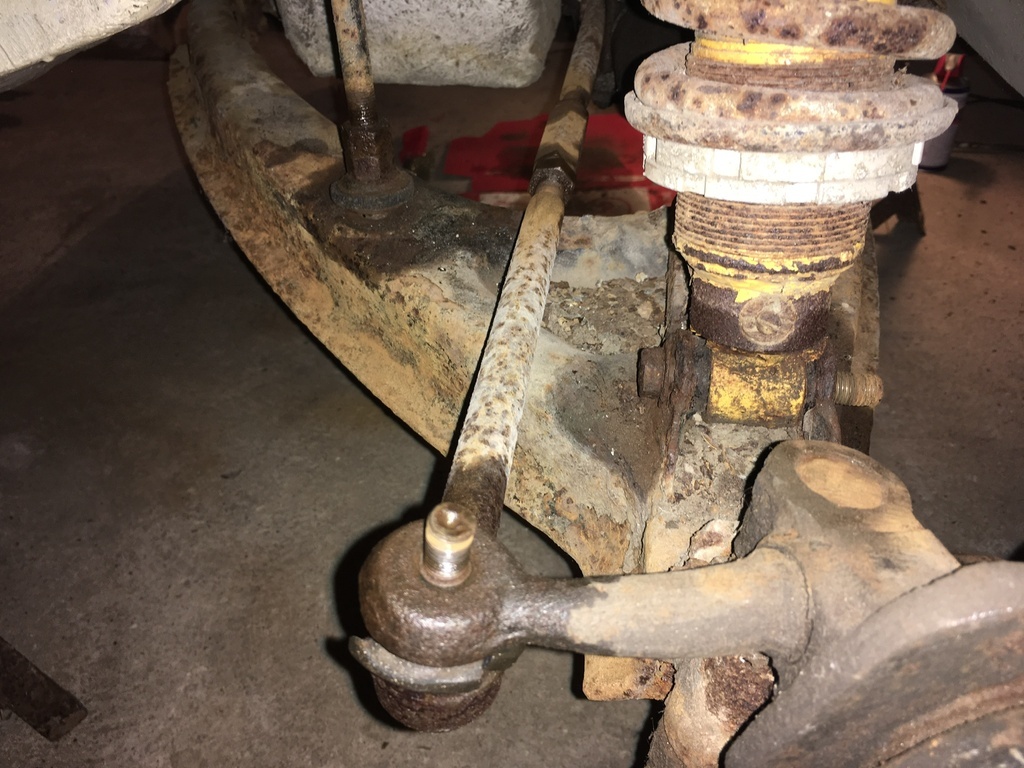
Modified hubs and disc setup, with cooling..
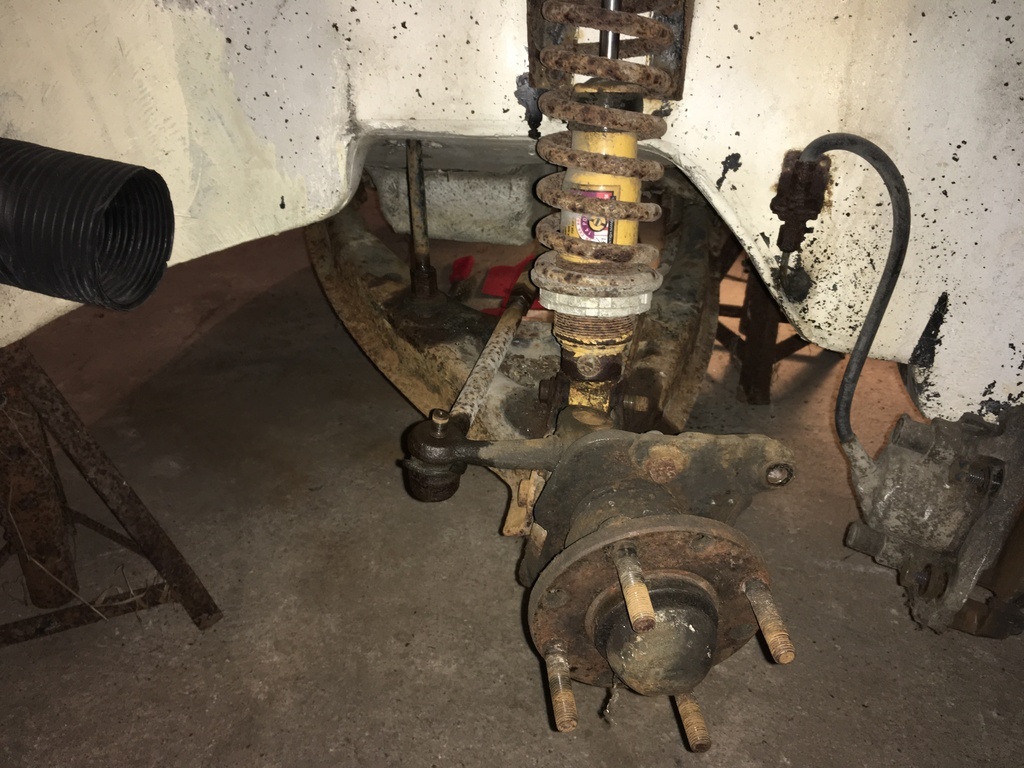
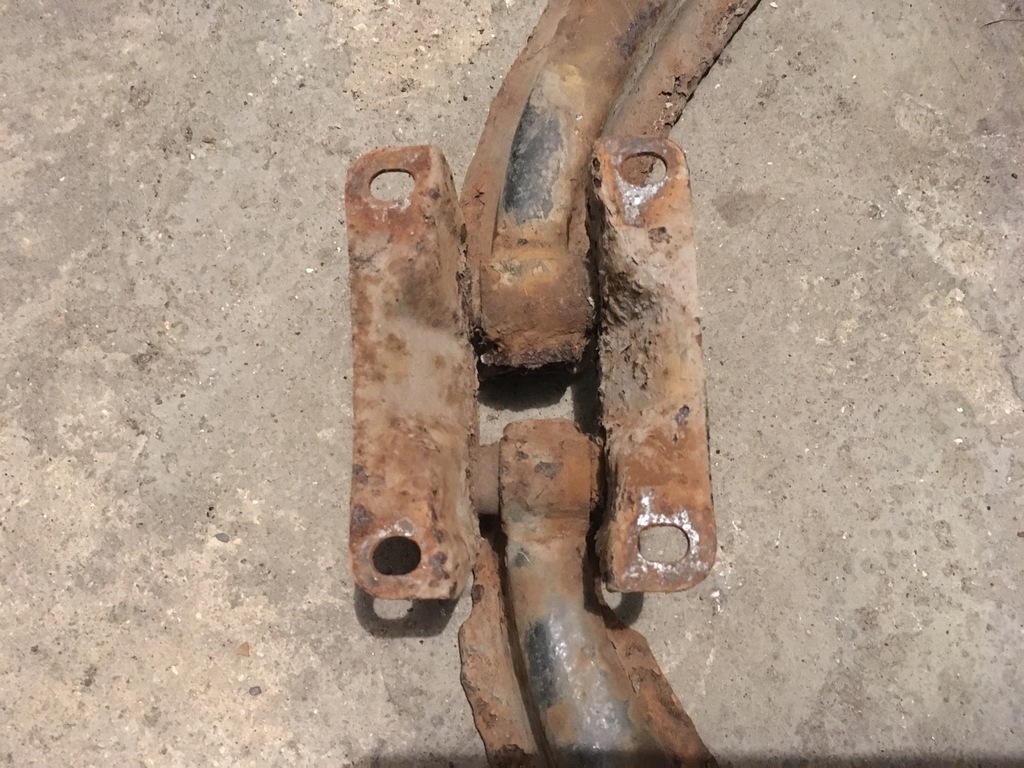
|
| |
Last Edit: Jan 30, 2023 19:08:13 GMT by 16grit
|
|
16grit
Part of things
 
Posts: 215
|
|
|
|
So where to start? I really didn't like the look of the peddle tray area, with the pedal box, fuse box, fluid reservoir with no lid, rusty blower and cut-off switch area and wiring all with work needed.
I decided that removing the bias peddle box and then re-fabricating this would be as good a place to start as any, with the old unit providing a template for me to work from. I found a second-hand peddle box in reasonable condition and ordered a piece of sheet steel. While I was waiting for these to arrive I squirmed my way into the footwell area and got sawing.
As you can see, space was tight
Amazingly there was room to get to all of the bolts. Really good to see the back of this. I think leaking brake fluid hadn't really helped this area either
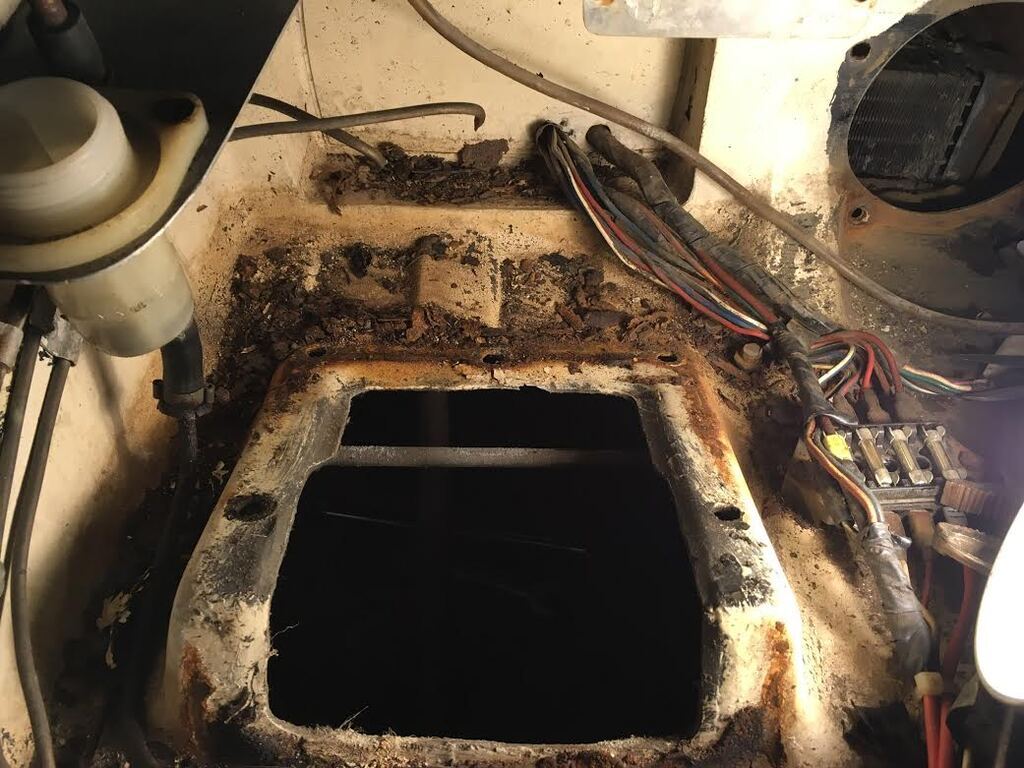
You can see the brake cylinders on the pedal side and the clutch cylinder pointing the other way
New pedal box blasted. 1mm cutting disc in the grinder - following the dimensions taken directly from the old box.
Wasn't really sure how well a cheap hole saw would cut the thin (1.5mm) steel, but it cut ended up cutting the holes for the two cylinders quite easily. Did all the cutting out with the cutting disc on the grinder, and then into the vice (with some angle offcuts) to bend the sides into shape. The final bend was a bit tricky but the fit wasn't too bad and ended up welding relatively OK.
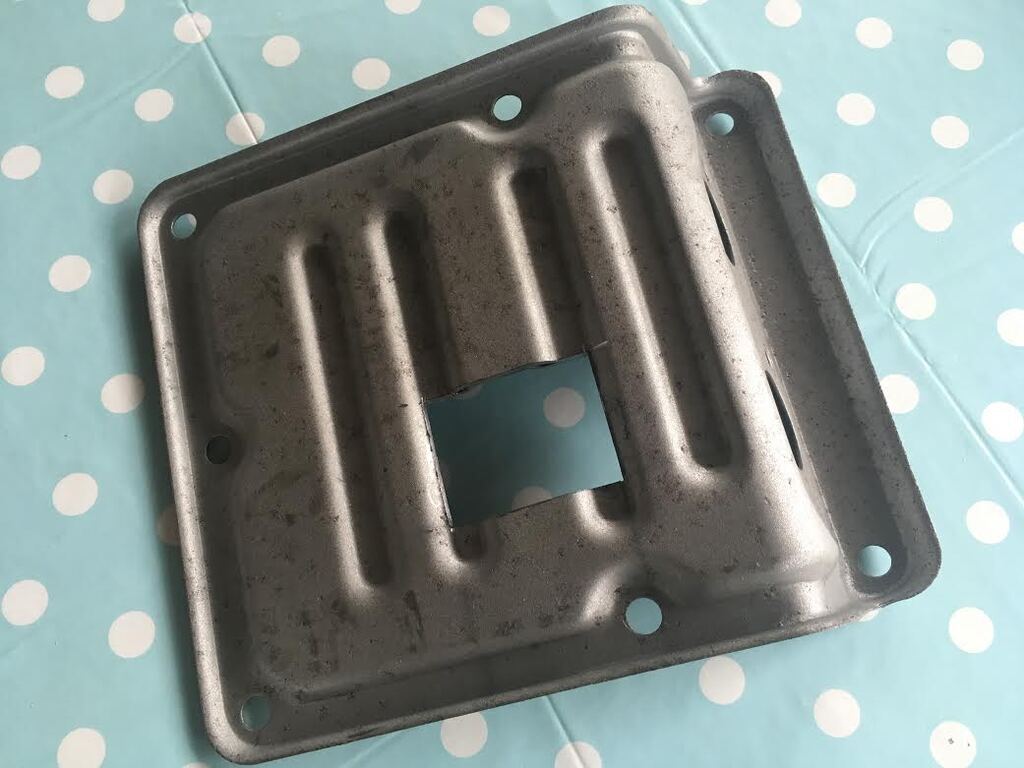  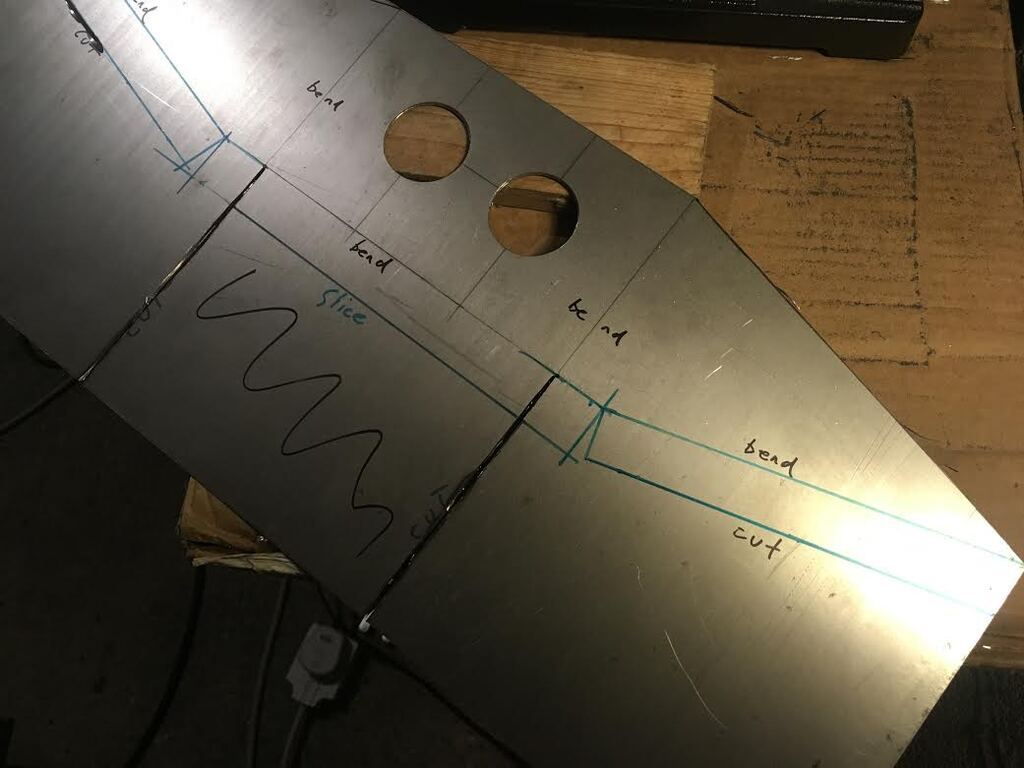 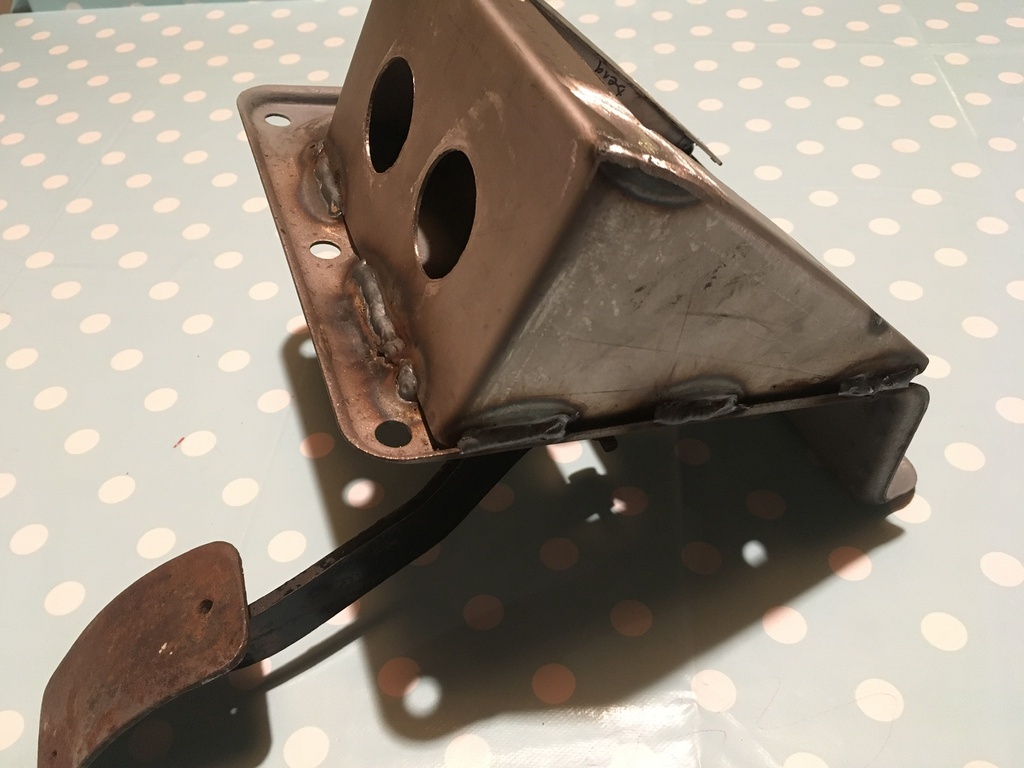 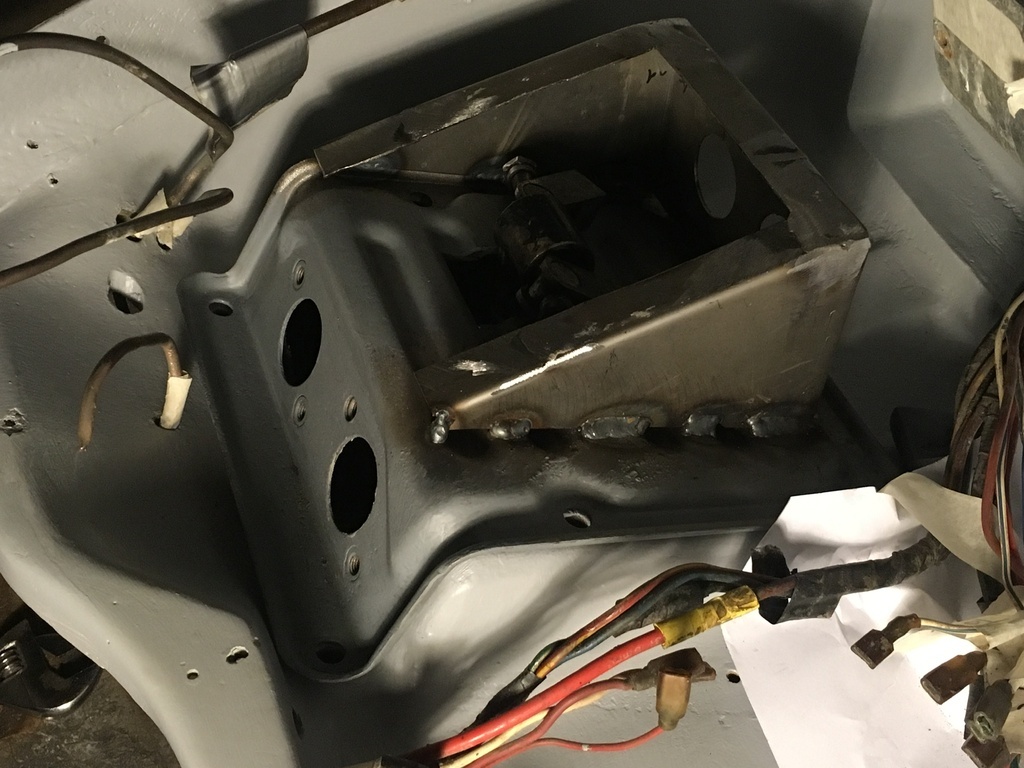 |
| |
|
|
Darkspeed
Club Retro Rides Member
Posts: 4,879
Club RR Member Number: 39
|
1976 Davrian Mark 7aDarkspeed
@darkspeed
Club Retro Rides Member 39
|
|
|
As I've discovered, anything metal attached to a fibreglass car rusts and dissolves faster than you can say "no more rust and a lot less weight"..... Yep. Watching with Keen interest. What's the use planned for this? |
| |
|
|
16grit
Part of things
 
Posts: 215
|
|
|
|
As I've discovered, anything metal attached to a fibreglass car rusts and dissolves faster than you can say "no more rust and a lot less weight"..... Yep. Watching with Keen interest. What's the use planned for this? Thanks for the interest. The idea behind the engine/gearbox spec I'm working to is to make it at least eligible for club/targa/distance level rallying. |
| |
|
|
|
|












 )
)




